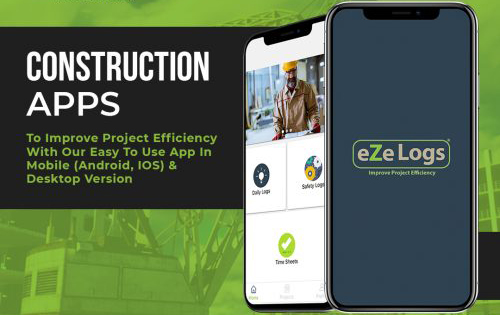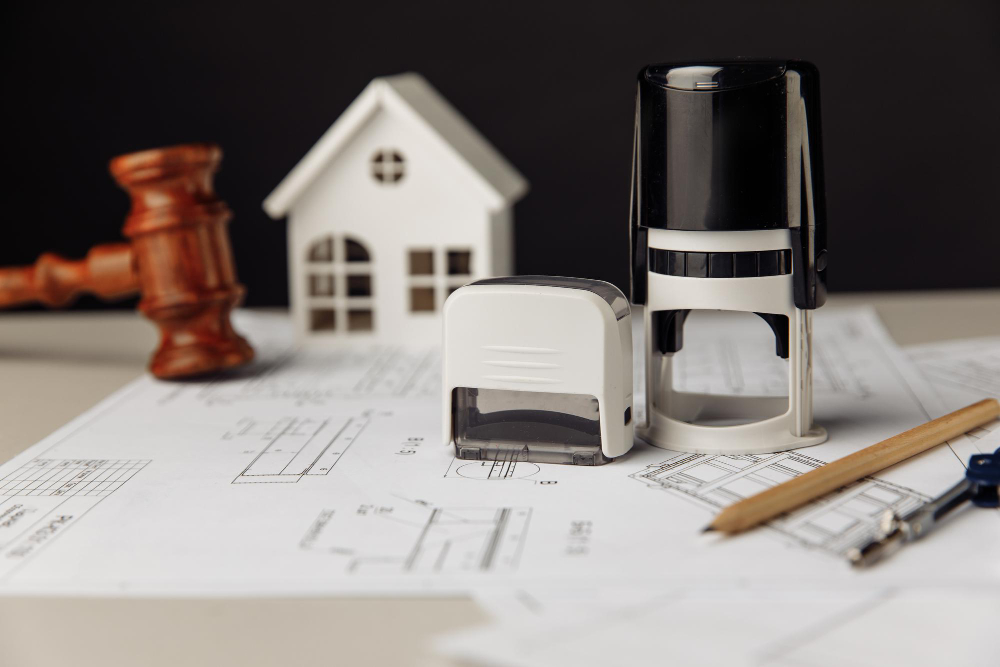Project closeout is the last phase of a construction project when all tasks, activities, and requirements have been fulfilled and documented for its success. It involves delivering the finished product, concluding all contracts, and wrapping up any necessary paperwork. For construction professionals, this marks both the end of their current venture as well as the start of the post-project evaluation.

Project closeout is of critical importance for construction professionals. It is the stage where quality control and all requirements are verified, ultimately leading to the project’s overall success. Furthermore, it gives construction pros a chance to identify and address any issues that have emerged during their lifecycle while making sure all necessary documentation is collected for future reference.
This comprehensive guide is designed to give construction professionals a clear overview of the project closeout process, outlining essential steps and best practices that must be followed for successful completion. It also addresses common obstacles and solutions, making this resource an invaluable asset for ensuring projects are finished successfully and efficiently.
Key Takeaways
- Project closeout is the final phase of a construction project that involves fulfilling and documenting all tasks, activities, and requirements for its success.
- Project closeout is critical to construction professionals as it ensures quality control, verifies requirements, and addresses any issues that have emerged during the project lifecycle.
- Effective communication among the project team is vital during the project closeout process.
- Project closeout involves several essential elements, including final documentation and paperwork, project cleanup, final inspections, and lessons learned.
- Common challenges in project closeout include delayed completion, defective work, failure to meet requirements, and legal disputes.
- To address these challenges, construction professionals should create a detailed schedule, conduct regular inspections, work closely with subcontractors and suppliers, and communicate proactively with stakeholders.
Use the software to manage the whole construction management process
Preparing for Project Closeout
Before beginning the project closeout process, it is essential to take certain steps to ensure a successful and efficient closeout. The following are key steps that construction professionals should take:
- Documentation review: A thorough review of all documentation related to the project should be conducted before the closeout process begins. This includes contracts, change orders, submittals, permits, and other project-related documents. This review ensures that all documentation is complete, accurate, and in order.
- Conducting a final inspection: A final inspection of the project should be conducted to ensure that all work has been completed and meets the project specifications. This includes a review of all equipment, materials, and installations to confirm that they are installed correctly and functioning properly.
- Ensuring all requirements are met: It is crucial to ensure that all contractual requirements have been met before beginning the project closeout process. This includes completing any outstanding work, resolving any disputes, and meeting all regulatory and safety requirements.
Effective communication among the project team is vital during the closeout process. This includes communication with the owner, subcontractors, suppliers, and other stakeholders to ensure that everyone is on the same page and that all tasks are completed on time.
Regular communication can help identify and address any issues that may arise during the closeout process, allowing for a smooth and successful project closeout.
Essential Elements of Project Closeout
To guarantee a successful and efficient project closeout, it is essential to address the following elements:
Final Documentation and Paperwork
Completion Certificates: Completion certificates serve to prove that a project has been successfully concluded to the satisfaction of both the owner and all stakeholders. They should be issued by the contractor, approved by the owner, and signed by all involved.
Warranties: Warranties provide assurance that materials and equipment used in a project meet specified specifications and are free from defects. These warranties should be provided by the contractor and reviewed by the owner prior to implementation.
Operation Manuals: Operation manuals provide comprehensive details about the equipment and systems installed in a project. They should be provided by the contractor and reviewed by the owner to guarantee they are complete and up-to-date.
Maintenance Schedules: Maintenance schedules provide instructions for the ongoing upkeep of a project, such as regular inspections, repairs and replacements. These should be provided by the contractor and reviewed by the owner.
Project Cleanup
Project cleanup entails the removal of all equipment, debris and materials from a site. This includes proper disposal of hazardous substances as well as restoring the area to its original condition.
Final Inspections
Final inspections are conducted to guarantee all work has been completed according to project specifications and that the finished product meets the owner’s requirements. These checks should be conducted by the contractor and approved by them.
Lessons Learned
Lessons learned should be recorded for future reference and improvement, including any issues identified during the project and how they were addressed. Lessons should also be shared with project team members and stakeholders in order to shape future endeavours.
By taking care of these key elements of project closeout, construction professionals can guarantee that the job is completed successfully, efficiently, and to everyone’s delight.

Common Challenges in Project Closeout
Despite the best efforts of construction professionals, there are common challenges that can arise during the project closeout process. The following are some of the most common challenges and how to address them:
Delayed completion:
One of the most common challenges in project closeout is delayed completion. This can be caused by a variety of factors, including unexpected delays, changes in scope, or supply chain disruptions.
To address this challenge, construction professionals should create a detailed schedule and closely monitor progress to identify any potential delays early. They should also communicate proactively with stakeholders to manage expectations and address any issues as they arise.
Defective work:
Defective work can be a significant challenge in project closeout, as it can delay completion and potentially cause safety concerns. To address this challenge, construction professionals should conduct regular inspections to identify any issues early. They should also work closely with subcontractors and suppliers to ensure that all work meets the required specifications.
Failure to meet requirements:
Another common challenge in project closeout is failing to meet requirements. This can occur when work does not meet the owner’s expectations or regulatory requirements. To address this challenge, construction professionals should conduct regular quality control checks to ensure that all work meets the required specifications.
They should also communicate proactively with the owner and regulatory agencies to manage expectations and address any issues as they arise.
Legal disputes:
Legal disputes can be a significant challenge in project closeout, potentially delaying completion and increasing costs. To address this challenge, construction professionals should ensure that all contractual obligations are met, including documentation and paperwork. They should also work closely with legal counsel to resolve any disputes proactively and efficiently.
By addressing these common challenges in project closeout, construction professionals can ensure that the project is completed successfully, efficiently, and to the satisfaction of all stakeholders.
Project Closeout Best Practices
To ensure a successful project closeout process, construction professionals should follow these best practices:
Establishing clear project goals:
Clear project goals help ensure that all team members are working toward the same objectives. These goals should be established early in the project and communicated clearly to all team members and stakeholders.
Developing a comprehensive project plan:
A comprehensive project plan outlines the scope of the project, the timeline, and the budget. This plan should be developed in collaboration with all stakeholders and should be updated regularly to reflect any changes or issues that arise during the project.
Regular team meetings:
Regular team meetings provide an opportunity for all team members to discuss progress, identify any issues or challenges, and work collaboratively to find solutions. These meetings should be held regularly throughout the project and should include all relevant stakeholders.
Continuous monitoring of project progress:
Continuous monitoring of project progress helps ensure that the project stays on track and that any issues are identified early. This monitoring should include regular site visits and inspections, as well as ongoing communication with all stakeholders.
Documentation and record keeping:
Documentation and record keeping are essential to the project closeout process. All documentation should be organized and stored in a central location to ensure easy access and retrieval. This documentation should include all project plans, specifications, permits, contracts, and warranties.
The Bottom Line
Project closeout is a critical part of the construction process that ensures the successful completion of a project. It includes final paperwork, project cleanup, final inspections, and lessons learned. By following best practices and addressing common challenges, construction professionals can ensure that the project is completed successfully, efficiently, and to the satisfaction of all stakeholders.
For Construction Professionals:
- Establish clear project goals and develop a comprehensive project plan.
- Regular team meetings and continuous monitoring of project progress are essential.
- Documentation and record keeping are critical to the closeout process.
To ensure a successful project closeout, construction professionals should prioritize the process and allocate the necessary time and resources. By doing so, they can overcome common challenges and achieve a successful outcome for all stakeholders.


